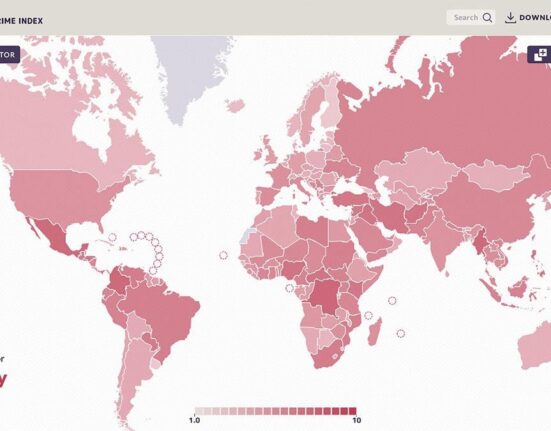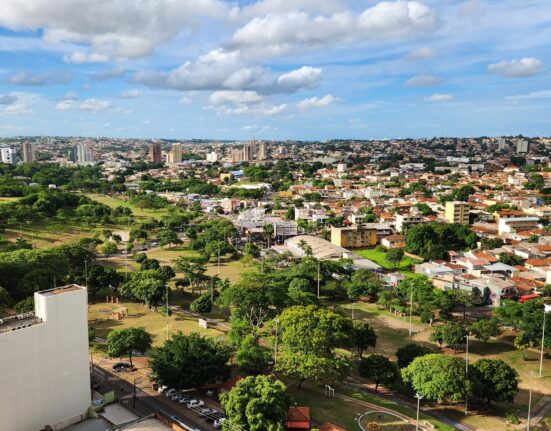As dark clouds gathered over the Amazonian provinces of Zamora Chinchipe and Napo in Ecuador, the relentless downpour of rain unleashed havoc and destruction, prompting the Ecuadorean Government to make a critical decision. With a heavy heart, a 45-day regional state of emergency was declared in response to the severe rainfall, flooding, and landslides that ravaged the region. The once serene landscapes transformed into scenes of chaos and despair as nature’s fury took its toll on residents, homes, and vital infrastructure.
The torrential rains not only disrupted the daily lives of the local communities but also dealt a severe blow to essential services and critical infrastructure. The road network, a lifeline connecting remote villages to urban centers, bore the brunt of the deluge, rendering many routes impassable and isolating entire communities. Moreover, the nation’s economic lifelines, the Heavy Crude Oil Pipeline (OCP) and the Trans-Ecuadorian Pipeline System (SOTE), were not spared from the wrath of the elements. The ceaseless rain triggered landslides that damaged sections of these crucial pipelines, disrupting oil transportation and impacting the country’s economy.
The declaration of a state of emergency underscored the gravity of the situation and the urgent need for coordinated efforts to mitigate the effects of the natural disaster.
In the midst of the chaos, stories of resilience and solidarity emerged from the affected communities. Neighbors banded together, extending helping hands to those in need, and sharing whatever resources they had to weather the storm. Local authorities, aided by emergency response teams, worked tirelessly to evacuate vulnerable populations, provide shelter, and distribute essential supplies to those stranded by the rising waters.
Amidst the unfolding crisis, experts highlighted the interconnectedness of environmental factors, climate change, and infrastructure vulnerabilities in exacerbating the impact of natural disasters. The increasing frequency and intensity of extreme weather events, attributed to climate change, have heightened the risks faced by communities living in disaster-prone areas. In the case of Ecuador, the fragile ecosystem of the Amazon rainforest, coupled with inadequate infrastructure resilience, magnified the devastation caused by the torrential rains.
“The emergency declaration serves as a wake-up call for policymakers to prioritize climate adaptation strategies and invest in resilient infrastructure to protect vulnerable communities from future disasters,” remarked a leading environmental scientist.
As the emergency response efforts unfolded and the affected provinces struggled to recover from the aftermath of the disaster, broader implications came into focus. The fragility of ecosystems, the resilience of communities, and the inadequacies of existing disaster preparedness measures were thrust into the spotlight. The need for comprehensive risk assessment, early warning systems, and sustainable development practices resonated as key pillars in building resilience against future calamities.
In conclusion, the declaration of a state of emergency in Zamora Chinchipe and Napo served as a stark reminder of the unpredictable forces of nature and the vulnerabilities faced by communities in the face of climate-related disasters. It called for a collective commitment to proactive measures that safeguard lives, livelihoods, and the environment from the impacts of extreme weather events. As Ecuador grappled with the aftermath of the torrential rains, the spirit of resilience and solidarity that emerged from the crisis illuminated a path forward towards a more sustainable and resilient future for all.









Leave feedback about this